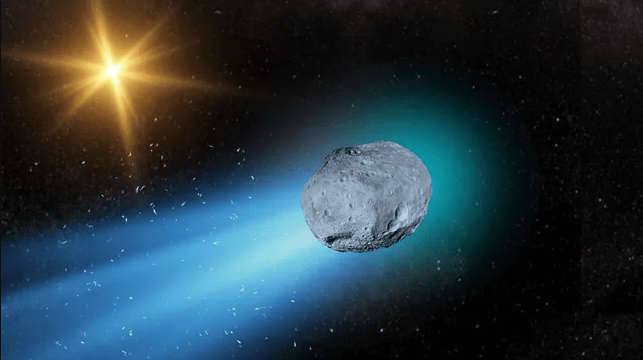Astronomers have discovered the oldest known comet: its age may reach 8 billion years (video)

Astronomers at the University of Oxford have conducted a new study of a third interstellar object just discovered within the solar system, and found that it may be 8 billion years old or even older. This makes comet 3I/ATLAS the oldest known comet, almost twice the age of the Sun, which is about 4.5 billion years old. About this informs Space.
Comet 3I/ATLAS was spotted near Jupiter’s orbit in early July 2025. It became the third recorded interstellar guest in our system, after object 1I/Oumuamua and comet 2I/Borisov. According to the study, 3I/ATLAS is about 20 km in diameter, making it significantly larger than previous interstellar bodies. It moves at a speed of about 60 km/s and will fly close to Mars already in October, after which it will begin to move away from the Sun.
Astronomers traced the object’s trajectory and speed using data from the Gaia telescope to determine its origin. It turned out that 3I/ATLAS came from the so-called thick disk of the Milky Way, a region that formed about 13 billion years ago and is full of very old stars. This distinguishes it from previous interstellar objects, which are believed to have originated in the thin disk of the galaxy, the part where the Sun and the entire Solar System reside.
According to the researchers, the comet may have been ejected from its home star system, which has been around for at least 8 billion years, so it formed before the Sun. By comparison, the oldest comets that originated with the Solar System are up to 4.5 billion years old, so 3I/ATLAS can be considered a true cosmic ancient artifact.
Because older stars contain fewer heavy elements, the comets that appear next to them are usually rich in water. Astronomers predict that as it approaches the Sun, 3I/ATLAS will begin to emit water ice in the form of vapor, forming a coma — a shell of gas — and a bright tail around itself.
Researchers also believe that this comet may be the first time in history to come close to a star — in this case, the Sun. So scientists will have a unique opportunity to study matter that arose long before the appearance of our star system.





